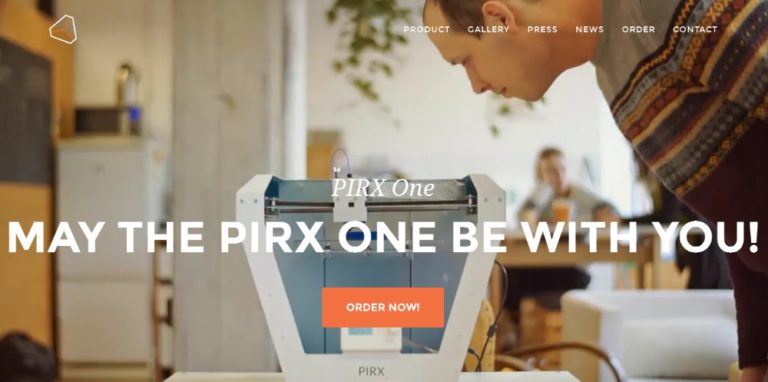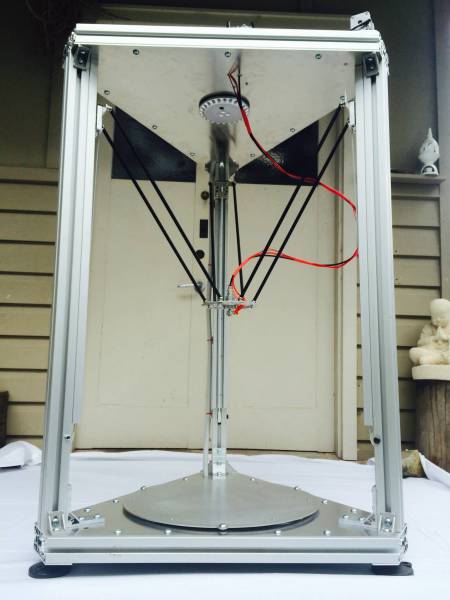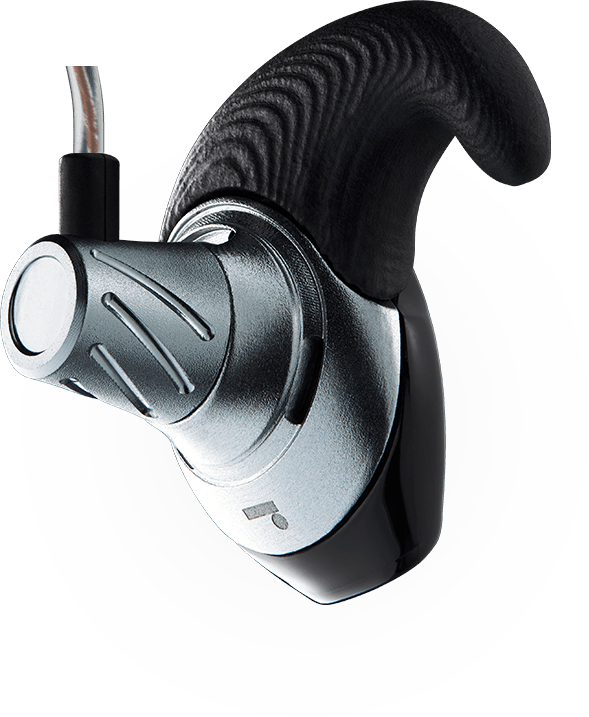Ed: In my experience keeping the print bed level on a 3D printer is one of the...
3D Printing
I started writing this article 6 months ago, but such is the nature of hardware, you think...
Meet the Metaltree 3D Printer maker Jason Crowe. At 1.2m high this is the biggest 3D printer...
Startup Name * OwnPhones What problem are you solving? OwnPhones (#ownphones) today went LIVE with a Kickstarter...
These are cool, custom made 3D printed earphones for similar (albeit expensive) pricing to premium ear buds....
Want to learn something? Make something cool – UNSW CREATE club prototypes a Quadcopter from scratch 

Want to learn something? Make something cool – UNSW CREATE club prototypes a Quadcopter from scratch
University of NSW has a cool student group called CREATE, in their own time they teach each...
Recently I had to do some research on 3D Printers for work to try to get one...
Nasa puts Saturn Launchers up for sale NASA has decided to put the historic Saturn Rocket Launchers...






